You need to be fully aware of two types of disaster prep – one is bugging in which means you have to stay in or close to your home in a disaster and the other is called bugging out, and this means you leave your home to seek refuge in a safer location.
And that’s key because — they’re two different scenarios that you’ll have to prepare for and (obviously) you’ll need different “preps” or supplies/tools/stuff for each.
So, we’ll get started with “Bugging In” …
Bug In 101
Bug In means to prepare for a disaster that gives you no choice but to stay indoors or around your home for a certain amount of time. This could be any disaster which doesn’t affect the bricks and mortar of your home but may affect the health and safety of you and your family.
Most disaster agencies will say if you’re going to ‘bug in’ you need to prepare for the fact you may not be able to venture outside or far away from your home for up to three months, possibly more! That’s a pretty scary thought. But remember the courage to actually be intelligent enough to think forward.
When bugging in you need to remember that the comfort of going out to the store buying things will not be an option.
Here’s a list of many things you can buy in bulk and store in order to prepare for a bug in situation. It’s pretty long, and some things I’ve listed will probably have you thinking I’ve lost my mind. There is a reason for every one of the items below.
When you can’t visit your local store, or leave the house (or not venture too far) to the times when you may find you have no water or heat – this list will give you all you need in order to see it through.
- Portable generator for emergency power.
- Static and hiking water purifier
- Water purification inserts and drops
- Portable toilet or commode (with waste bags)
- Lighting nuggets and or firewood, waterproof matches.
- Kerosene lantern, spare wicks and lamp oil
- Self defense and hunting items such as guns, ammo, sling shots and bats.
- Food stuffs: rice, vegetable oil, condiments, honey (good for both healing and cooking) noodles, canned goods, energy bars, syrups, sugar, salt, yeast, baking soda, coffee, tea, cereals, flour, dried egg, condensed milk, multi-vitamins and where applicable baby food and formula milk.
- Hygiene items – multi-packs of toilet paper, wipes, soap, dental hygiene, razors and any child hygiene items.
- Washing liquid, washboards, wringer, drying stands.
- Aluminium foil, string, jiffy bags, heavy duty garbage bags, food and water containers.
- First aid and sewing kits
- Crank radio and crank torches
- Drawing books, cards, board games, pencils, and notebooks.
- Chickens if you have outdoor space for a coop.
- Tobacco and beer.
Are you worn out just reading that list?
There is a lot there, and some of it you possibly could never keep due to your current location. But it does give you an idea of the kinds of things you should have.
Plus, there are things on that list you may not need in terms of personal choice like cigarettes, but when you can’t hop to the bank for money you may need something in high demand like cigarettes to barter for items you do want.
Trust me, any of the items on this list can be bartered in certain situations.
The cost and time of getting this list in one go can seem daunting, but I can assure you the hardest part is getting your mind set right to begin with in order to actually start the purchasing process.
Then, take the same approach as explained last time, pick up a little at a time on you way to the grocery store, Wal-Mart, or whatever.


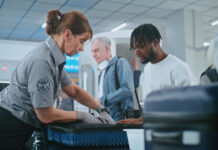

![How Many Shots Will It Take? [Video]](/wp-content/uploads/2025/06/Depositphotos_2724272_S-218x150.jpg)





![What Level Holster Should You Be Using? [Video]](/wp-content/uploads/2024/04/Depositphotos_44548439_S-218x150.jpg)

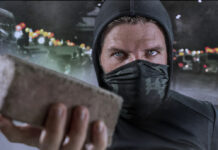
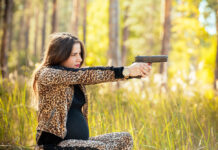
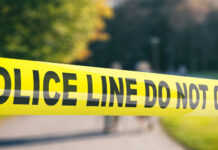
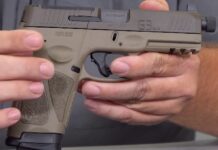


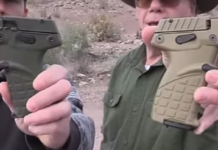


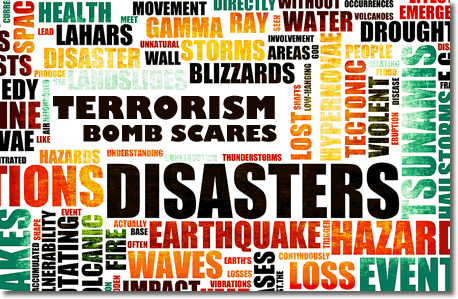




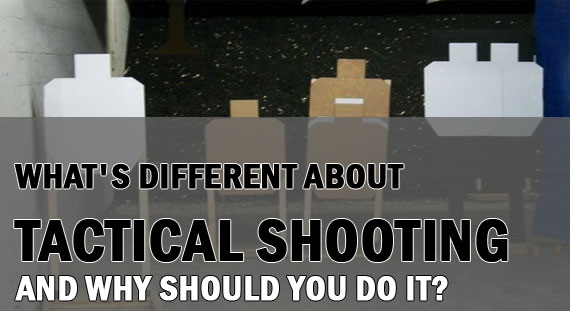





![Optic Ready vs Milled slides? [Video]](/wp-content/uploads/2024/02/image-3-100x70.png)
![[Checklist] What Gear You Need To Take Pistol, Rifle & Shotgun Training Courses [Video]](/wp-content/uploads/2023/07/Depositphotos_275087632_L-100x70.jpg)
![What is in Carter’s 2023 EDC? [Video]](/wp-content/uploads/2023/07/Depositphotos_146856137_L-100x70.jpg)


